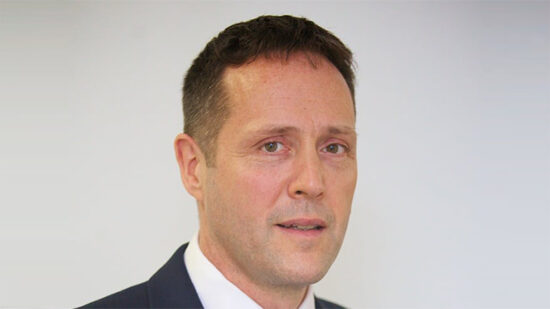However, the report also suggests that global emerging market fund managers have been revelling in the contrarian opportunity. On aggregate the funds closed their Russia underweight to 5bp as of end-May, compared to a long-run average underweight of around 40bp.
Over the past three months, Russia has also seen the second-biggest increase in positioning across the funds relative to the MSCI EM benchmark, while BofA Merrill Lynch’s strategists suggest that sentiment towards Russia may have already bottomed out.
“Aided by the contrarian tactical buy-signal, we’re overweight unloved and undervalued Russia,” they say.
“With oil decoupling from industrial commodities, pending policy support and very light positioning, we think the risk reward of this secularly challenged market is better than the market thinks.”
A market of misconceptions
So will this signal a sea-change in UK investors’ attitudes towards Russia and bring much needed inflows back into specialist-vehicles? Unlikely, though perhaps it is time we addressed our misconceptions about what is after all one of the four pillars in the BRIC acronym of supposedly exceptional emerging markets.
Much is said of the Russia’s equity market being commodity reliant, and subject to the swings of oil, gas and metal prices, and rightly so – it houses some 5.6% of the world’s oil, 23.9% of natural gas, and 15.6% of iron ore.
However, Jesse Sherman, portfolio manager at Renaissance Asset Managers, suggests investors are overdoing it in their misconceptions about political corruption, dissident repression and rampant social differences.
“While this is all partially true, excessive media and investors’ focus on these very negative aspects shuns other, brighter areas that are often ignored by investors who are not that familiar with the country,” he says.
“Starting with key macroeconomic concerns such as monetary policy, those thinking that the Kremlin’s tentacles dominate every aspect of Russian life should note that inflation remains at c. 7%, down from recent double-digit readings, and is forecast to fall towards 5% as soon as next year.
“This shows that the central bank’s commitment to price control has taken over a previous Kremlin-inspired bias towards protecting the currency, and the country’s leading state-owned exporters. After reiterated calls for a cut, the central bank reassured its independence in May when it left its main interest rate unchanged for an eighth month in a row.”
A class apart
A society made of a handful of billionaire oligarchs and a majority of low-income labourers? By 2020, the middle class will represent nearly 50% of the population and amount to $1.3trn in spending and it is this rapidly-growing group, says Sherman, which provides the best opportunities for those investors who wish to avoid traditional Russian energy assets or want to minimise the country’s “sometimes exasperating glacial pace of change”.
He adds: “We see opportunities in sectors such as retail, where consumers are moving towards healthier, fresher and more premium products. In telecoms, profits are expected to grow as data usage as a percentage of total revenues is still far below the developed markets average. And in financial services, areas such as unsecured lending and insurance remain relatively underdeveloped.”
As with all developing markets, the opportunity is a long-term one, which may not work out satisfactory for those investing in the short term, but as we discussed with China yesterday, emerging markets are often defined by their volatility. Nobody ever said it was easy being a contrarian investor.
Elsewhere, another contrarian investment that is finding favour with the wealth manager community, is Europe. Find out more from reading about our recent Expert Investor event.







